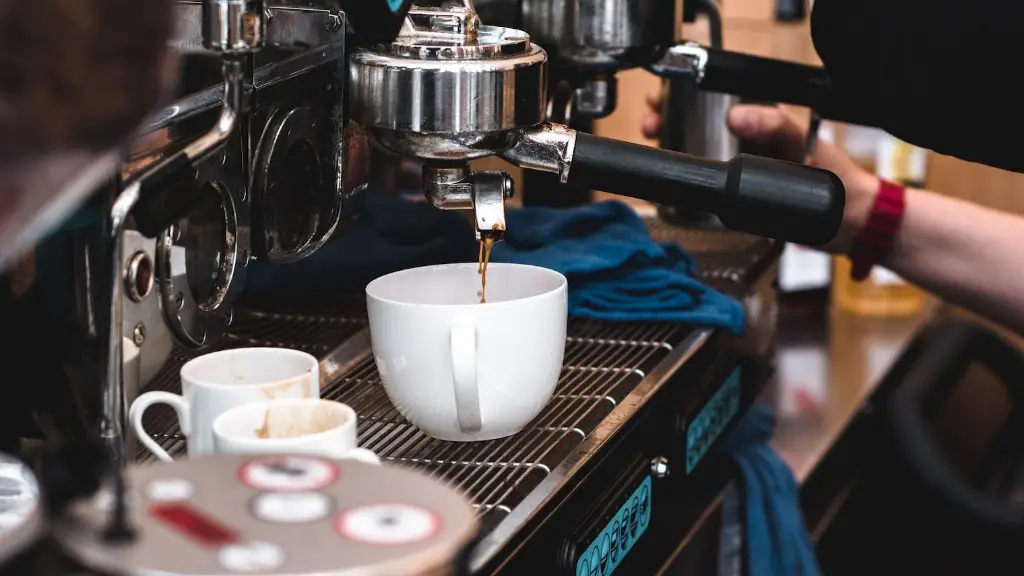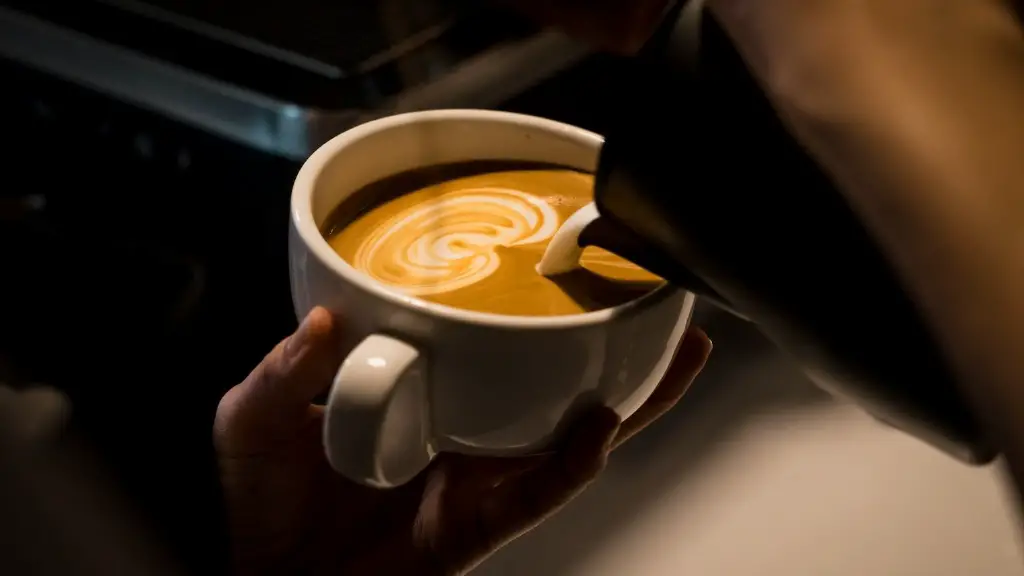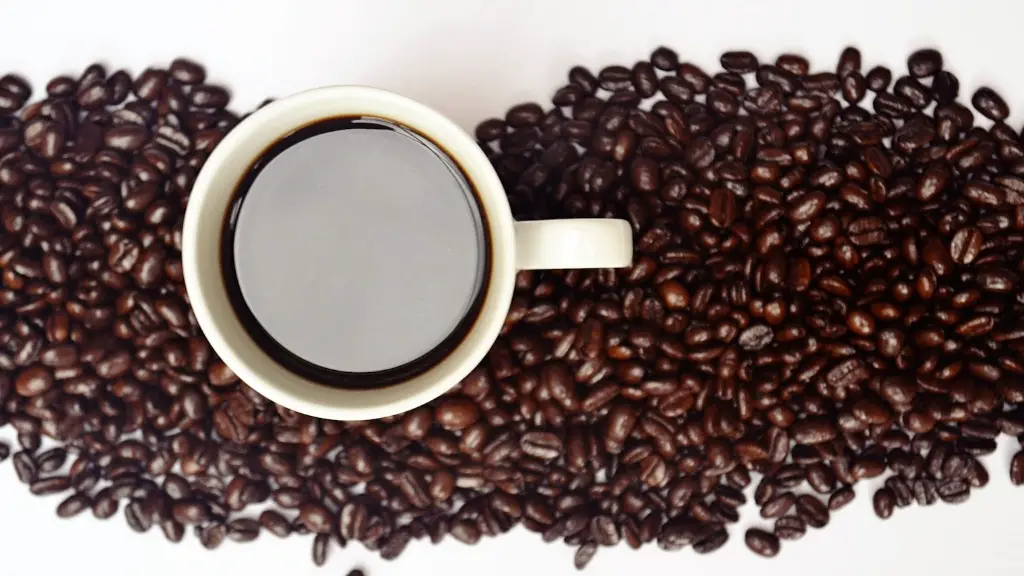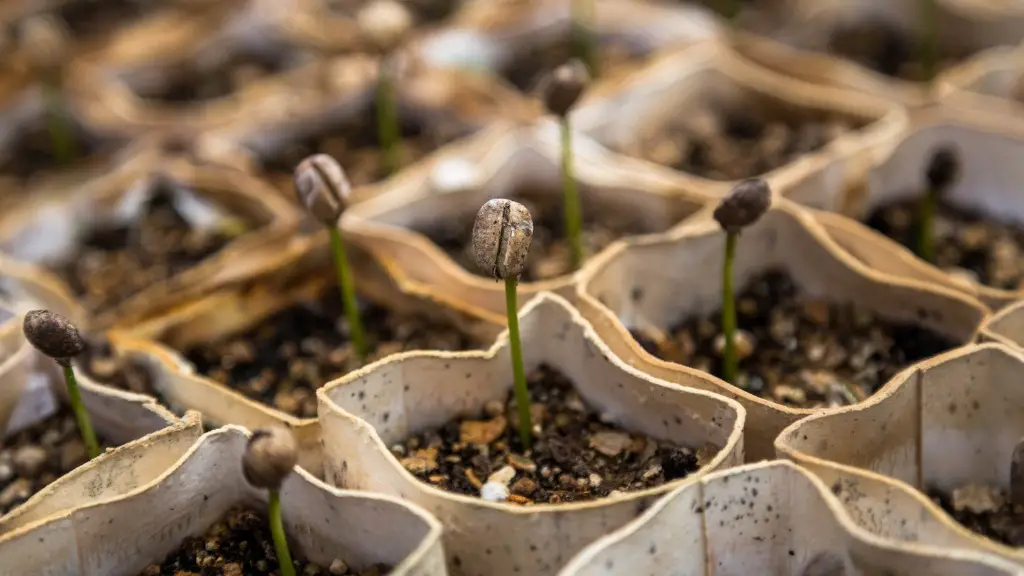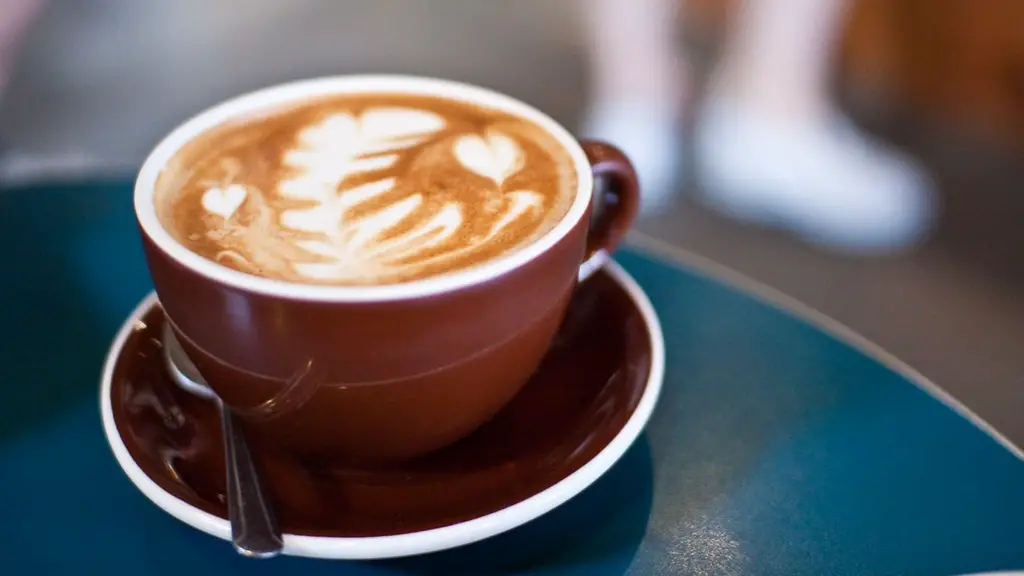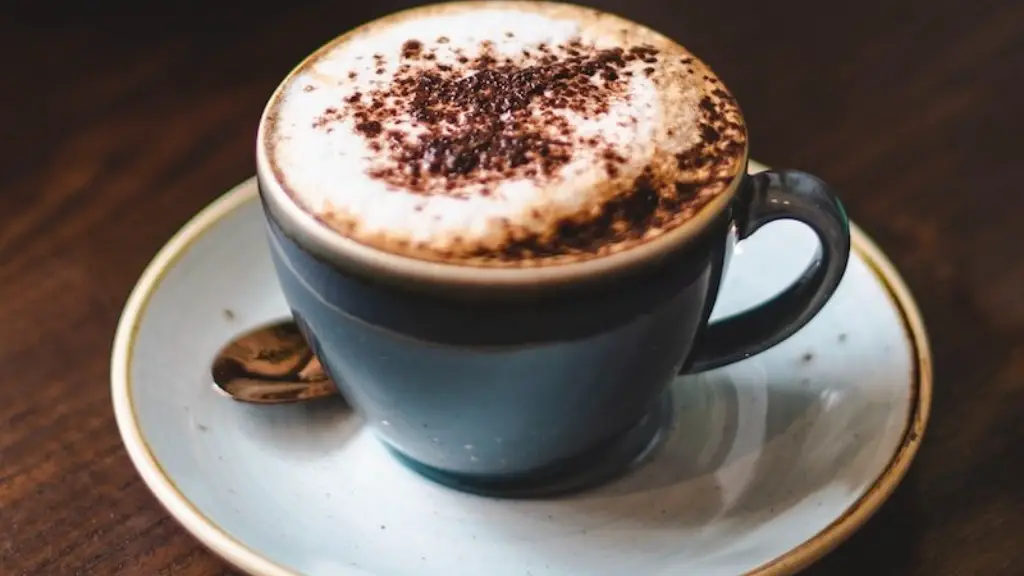Many of us rely on that morning pick-me-up shot of caffeine, but if you’re like most Starbucks regulars, you might not know how much caffeine is actually in your cup of joe. Let’s take a look!
A research was conducted to answer this question. The research was done by compiling reports from the USDA, USDA Food-list, and Starbucks official website.
According to the U.S. Department of Agriculture, a grande latte made with whole milk contains 150 milligrams of caffeine. An iced grande latte with 2% milk has 180 milligrams, while a latte made with almond milk has only 100 milligrams.
On the other hand, according to the USDA Food-List, an espresso shot made with arabica beans with two ounces of water contains around 77-150 milligrams of caffeine. So if you’ve ordered a latte made with one shot of espresso, that would put you at a middle ground of around 115 milligrams.
Starbucks official website provides a helpful overview of all the caffeinated drinks that it offers. The caffeine content of their various drinks vary from one type to another. For example, a typical espresso macchiato has 75 milligrams of caffeine, while a latte has a whopping 150 milligrams. Their Nitro Cold Brew, on the other hand, packs a whopping 270 milligrams of caffeine.
Experts in the industry say that one of the main reasons why Starbucks coffee is so heavily caffeinated is because of the way that it is brewed. Starbucks uses the signature “blend” which involves combining arabica beans with a robusta base to provide an intense flavor with a full body that packs a punch of caffeine.
Overall, the amount of caffeine in a cup of Starbucks coffee can range from as little as 77 milligrams to as much as 270 milligrams depending on the type of drink and what type of coffee beans were used in the brewing process.
Brewing Techniques
The way that coffee beans are brewed will determine the overall taste of the coffee as well as the amount of caffeine content it contains. For example, when you order espresso shots from Starbucks, those shots are brewed with a combustion of pressure and hot water, which gives the coffee its intense flavor and caffeine kick.
On the other hand, if you order a regular cup of coffee, those beans are brewed with a slow-drip process, which allows the flavor to slowly get extracted over time. As a result, this slow-drip process yields coffee that has a more mellow taste and contains a lower amount of caffeine.
If you are looking for a little bit more caffeine kick, you can opt for a drip coffee brewed with a paper filter. This technique allows more caffeine particles to pass through and gives your cup of coffee a strong caffeine content.
You can also try cold brew coffee for a lower amount of caffeine. Cold brew is made by cold-steeping coffee grounds for an extended period of time and produces coffee that is highly flavored, but contains a significantly lower amount of caffeine than your typical cup of coffee.
Roasting Techniques
Roasting is another process that can affect the overall caffeine content of your coffee. The longer the coffee beans are roasted, the less caffeine they contain. This is because the heat reduces the amount of caffeine in the beans. You can ask your barista what type of roast they use to get an idea of how much caffeine your cup of coffee will contain.
You should also keep an eye out for labels that read “decaffeinated”. This means that the beans have undergone a special process and have minimal caffeine content. Some brands may also specifically roast their beans longer to reduce the amount of caffeine in the beans.
It is worth noting, however, that most methods of decaffeination result in some flavor and caffeine loss in the beans. So if you have to have the extra caffeine kick, you may be better off sticking with a typical cup of coffee than a decaffeinated one.
Other Considerations
If you want to limit your caffeine intake, there are some other considerations you should take into account. For example, it is important to consider the size of your drink. A grande cup of coffee will have significantly more caffeine than a smaller cup, so if you’re looking to cut down, opt for the smallest size possible.
It is also important to keep in mind that not all beans are created equal. Depending on where it was grown and the type of bean, the same drink can contain different levels of caffeine. So next time you’re ordering your cup of joe, pay attention to the details to make sure you’re getting exactly what you’re looking for.
Finally, timing is key. Caffeine takes up to 45 minutes to take effect, so if you’re looking for an immediate pick-me-up, it’s better to opt for something else like a smoothie or tea.
Other Drinks
Not all of Starbucks’ drinks contain caffeine. Their Chai Tea Latte and Caffe Americano are both caffeine-free drinks. Similarly, there are a variety of teas and smoothies available that are free of caffeine.
For those looking for a caffeine-free alternative, these drinks can be a great option. They provide a refreshing and tasty pick-me-up without the jittery feeling caused by caffeine.
Another option is to opt for low-caffeine drinks such as iced tea, hot chocolate, and cappuccinos. These drinks contain a lower amount of caffeine, making them a great choice if you’re looking for an energy boost without the extra caffeine kick.
Health Benefits or Caffeine
Despite the drawbacks of drinking too much caffeine, the right amount of caffeine can actually be beneficial to your health. Studies have shown that drinking coffee can help protect against certain diseases, reduce inflammation, and even improve cognitive function.
In addition, caffeine has been found to increase alertness and improve physical performance. It also increases the amount of adrenaline in the body, which can help boost energy levels and improve mood.
Of course, with all of these benefits, it’s important to keep in mind that drinking too much caffeine can have adverse effects. It can lead to insomnia, irritability, headaches, and restlessness, so it’s important to find a healthy balance when it comes to caffeine intake.
Conclusion
When it comes to caffeine, the amount of caffeine in Starbucks coffee can vary depending on the type of drink, but is usually in the range of 77 to 270 milligrams. The brewing techniques, type of beans, and size of the drink all affect the amount of caffeine content, so it’s important to take these into consideration when ordering.
Furthermore, if you’re looking to cut down on your caffeine intake, there are several alternatives that provide a tasty and refreshing pick-me-up without the jittery feeling caused by too much caffeine. And if you want to reap the health benefits of caffeine, make sure to keep your intake within moderation.
